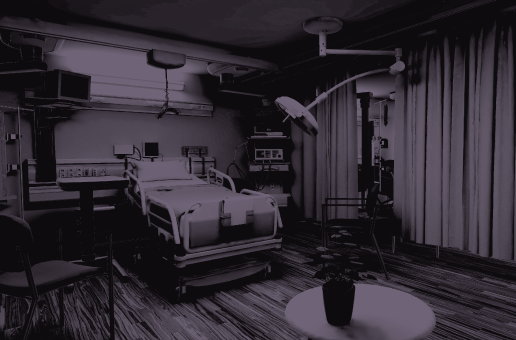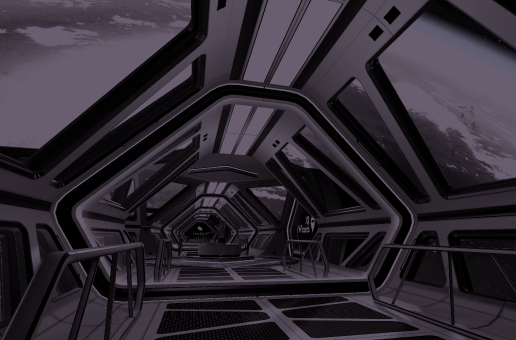Table of Contents:
Augmented Reality (AR) is still a relatively new technology that is constantly evolving, with more and more applications in various sectors, including industry. What are the benefits of its use, and what areas of industry can it revolutionize? How does AR support Industry 4.0? You will find answers to these questions later in this article.
What is Augmented Reality?
Augmented Reality is, simply put, a combination of authentic images and computer-generated ones. It often uses a device’s camera (e.g., on glasses or a tablet), which is then overlaid with 3D graphics and other information, including IT systems. AR technology is changing the way many industries operate, such as medicine, the military, architecture, and the entertainment sector, and is increasingly entering the world of industry and automation.
What is Industry 4.0?
Industry 4.0 is a general term that defines the integration of intelligent machines and systems. It also covers the introduction of changes in production processes aimed at increasing efficiency and introducing possibilities of flexible assortment changes. Industry 4.0 refers not only to technology but also to new ways of working and the role of people in industry.
Therefore, the concept of Industry 4.0 means the unification of the real world of production machinery with the virtual world of the Internet and information technology. People, machines, and IT systems automatically exchange information in the production process ‒ within the factory and the various IT systems operating there. That is why Industry 4.0 covers the entire value chain, from placing orders and supplying components for ongoing production, to shipping goods to customers and after-sales services. Furthermore, Industry 4.0 supports employees by providing access to virtually any helpful information, at any time, from anywhere, thus improving the efficiency of industrial processes.
The power of AR in Industry 4.0
The combination of vision systems, image processing, data exchange with IT systems, and the display of complex information ‒ all of which make up Augmented Reality technology ‒ enables the implementation of new processes in industrial enterprises and the improvement of existing ones.
AR supports Industry 4.0 primarily by:
- Simplifying information sharing ‒ with AR, production staff can report problems directly to engineers and maintenance teams, display KPIs in real-time, and analyze information.
- Reducing downtime ‒ the implementation of Augmented Reality facilitates faster responses to existing problems with machines and other systems used in the industry.
- Faster problem solving ‒ thanks to the possibility of online data exchange and communication with other team members, it becomes possible for people who are not experts in a given field to solve difficult problems.
- Display of current data ‒ operators can display information about a machine or process.
- Faster learning of how a machine operates ‒ for example, by scanning a QR code, one can have real-time access to videos, graphics, etc., to learn how to operate or repair equipment. With AR, virtual objects can be displayed against real ones to show how a part should be assembled or disassembled.
- Intelligent service ‒ thanks to Augmented Reality in industry, an entirely new approach to the subject of inspection, service, and maintenance is possible. For example, virtual instructions superimposed over real images speed up servicing, further reducing the likelihood of errors.
- Access to resources and knowledge ‒ AR technologies enable employees to access resources, manuals, and user guides to solve everyday problems more efficiently. They also allow remote working with specialists, including those in geographically distant locations.
- Manage reports, KPIs, and communications ‒ production managers can easily add photos or videos to current reports. Additionally, communication between team members is improved.
- Virtual training ‒ industrial companies can use Augmented Reality to organize training. This is a completely new approach to preparing employees to operate or repair machinery. Thanks to the ability to superimpose virtual models on top of real images using AR devices, people participating in such training can see exactly what steps they should take to replace a damaged component or disassemble elements of a machine, for example.
- Prototyping ‒ AR technology is also increasingly being used to create product models and visualizations that enable the creation of a virtual product before it is actually manufactured. This allows companies to assess whether their products will meet all the criteria and requirements for ergonomics, safety, and functionality before they are released.
Augmented Reality will effectively support Industry 4.0 and is bound to revolutionize the work of many companies, so it is worth keeping track of market trends so that you can make the most of the best practices to grow your business.
Read also: What is the metaverse








